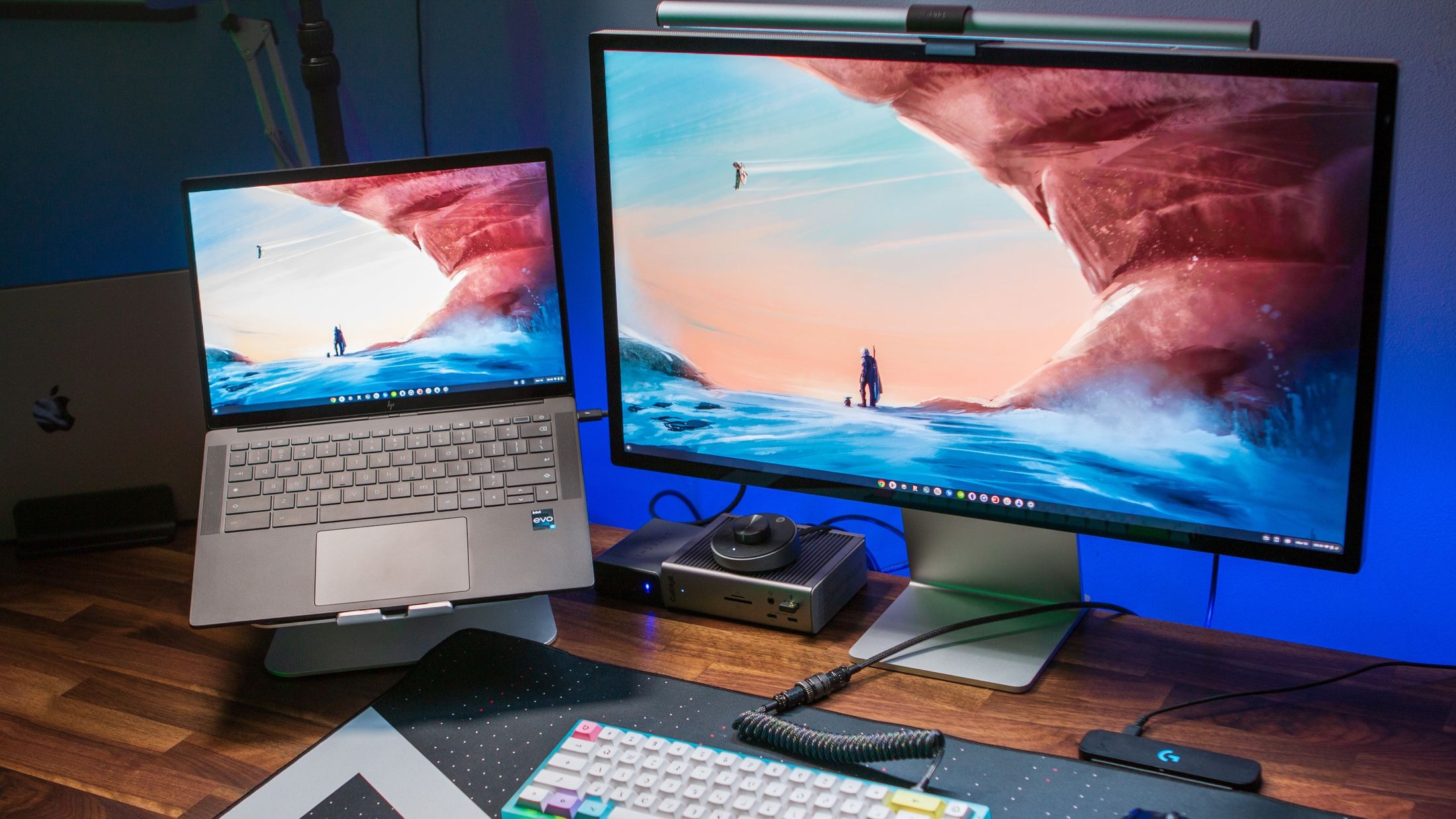
What you need to know
- Parallels for ChromeOS makes it possible to run Windows apps on Chromebooks through a full virtual desktop.
- No major updates have shipped to Parallels for ChromeOS in around 18 months, and the entire project is reportedly set to be discontinued.
- Google purchased Cameyo recently, which makes it possible to run Windows apps on Chromebooks through Virtual App Delivery, which does not require a full virtual Windows desktop.
Parallels for ChromeOS appears to be on the way to the graveyard. A report by Chrome Unboxed claims that Parallels for ChromeOS will be shut down and that customers will receive official word before the end of the year. The source of that leak explained to Chrome Unboxed that Parallels for Chromebook has been largely neglected for quite some time.
There hasn't been a major update to Parallels for ChromeOS in around 18 months. Even that update was relatively small, as it focused on improving performance on budget-friendly Intel and AMD chipsets. Google and Parallels worked together to bring virtual Windows desktops to Chromebooks in 2020, but that experiment appears to be over.
🎃The best early Black Friday deals🦃
- 💾Seagate Xbox Expansion Card (1TB) | $129.99 at Best Buy (Save $70!)
- 📺Amazon Fire TV Stick | $24.99 at Amazon (Save $25!)
- 🎮ASUS ROG Ally (Z1 Extreme) | $499.99 at Best Buy (Save $150!)
- 💻Lenovo IdeaPad 1 (Ryzen 5) | $329.99 at Best Buy (Save $250!)
- 💽AMD Ryzen 7 5800X CPU (8-core) | $164 at Amazon (Save $285!)
- 📺LG C4 OLED 4K TV (42-inches) | $899.99 at Best Buy (Save $500!)
- 💻Samsung Galaxy Book4 Edge (X Elite) | $799.99 at Best Buy (Save $550!)
- 💻Dell XPS 13 (X Elite) | $999.99 at Best Buy (Save $500!)
- 🎧Sony ANC Wireless Headphones | $228 at Walmart (Save $122!)
- 💻HP Envy 2-in-1 14 (Ryzen 7) | $649.99 at Best Buy (Save $400!)
While Parallels for ChromeOS may be on the way out, the concept of Windows apps on the best Chromebooks is not dead. Cameyo, which was acquired by Google earlier this year, uses Virtual App Delivery (VAD) to let people run Windows apps on ChromeOS. Rather than having an entire virtual desktop, Cameyo lets you run individual apps through VAD.
Cameyo integrated its VAD tech into ChromeOS last year. It's safe to assume that integration was well received, since Google then decided to purchase Cameyo. While VAD is a unique approach to running Windows apps on non-Windows devices, it is a different approach to virtual desktop solutions like Parallels. It will be interesting to see if Cameyo is viewed as a true replacement for Parallels for ChromeOS.
"One of the biggest draws of migrating to ChromeOS was its security," said Mario Zúñiga, IT Director, Digital Workplace at Fortune 500 manufacturer Sanmina last year. "This integration, and the fact that Cameyo has a zero-trust security model baked in at its core, adds additional layers of security so that we can confidently enable our employees to work from anywhere, on any device, with the utmost security."
Google often receives criticism for its ever-growing graveyard of cancelled projects, but the Parallels on ChromeOS experiment falls into a different category. Rather than killing off one of its own projects and leaving third parties to fill in the gaps, Google is doing the opposite. The tech giant worked with Parallels to bring Windows apps to Chromebooks until it found what its team believes is a better solution.
At least for now, Cameyo's VAD solution is only available for enterprise customers. Parallels for ChromeOS was also enterprise-only. Hopefully, we'll see consumer-focused ways to run Windows apps on Chromebooks in the future.







